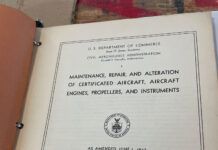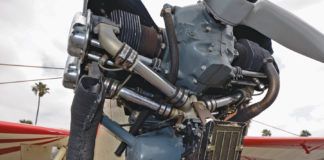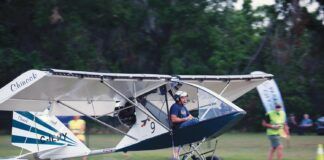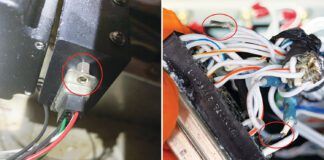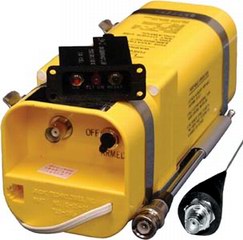 The Federal Communication Commission on June 15 published its Third Report and Order. In it, the agency said that, “After reviewing the comments [prompted by an earlier order], we conclude that we should prohibit the certification, manufacture, importation, sale or continued use of 121.5 MHz ELTs. The USCG and NOAA, as well as other commenters, support a prohibition on any continued certification, manufacture, importation, sale or use of 121.5 MHz ELTs, for the reasons cited in the Second FNPRM. There is no dispute that 406.0-406.1 MHz ELTs are more accurate and reliable than 121.5 MHz ELTs, and minimize false alerts. We believe that if 121.5 MHz ELTs are no longer available, aircraft owners and operators will migrate to 406.0-406.1 MHz ELTs,and the advantages of 406.0-406.1 MHz ELTs will provide safety benefits for search and rescueteams as well as aircraft pilots, crew and passengers, while also preserving search and rescue resources for real emergencies. Were we to permit continued marketing and use of 121.5 MHz ELTS, on the other hand, it would engender the risk that aircraft owners and operators would mistakenly rely on those ELTs for the relay of distress alerts.”
The Federal Communication Commission on June 15 published its Third Report and Order. In it, the agency said that, “After reviewing the comments [prompted by an earlier order], we conclude that we should prohibit the certification, manufacture, importation, sale or continued use of 121.5 MHz ELTs. The USCG and NOAA, as well as other commenters, support a prohibition on any continued certification, manufacture, importation, sale or use of 121.5 MHz ELTs, for the reasons cited in the Second FNPRM. There is no dispute that 406.0-406.1 MHz ELTs are more accurate and reliable than 121.5 MHz ELTs, and minimize false alerts. We believe that if 121.5 MHz ELTs are no longer available, aircraft owners and operators will migrate to 406.0-406.1 MHz ELTs,and the advantages of 406.0-406.1 MHz ELTs will provide safety benefits for search and rescueteams as well as aircraft pilots, crew and passengers, while also preserving search and rescue resources for real emergencies. Were we to permit continued marketing and use of 121.5 MHz ELTS, on the other hand, it would engender the risk that aircraft owners and operators would mistakenly rely on those ELTs for the relay of distress alerts.”
The Aircraft Electronics Association said that, “The AEA was made aware of this issue only today (June 21, 2010), and has begun working with the FAA, FCC and other associations to allow for a timely transition to this new FCC prohibition without grounding thousands of general aviation aircraft. At this time, the AEA recommends members delay selling any new 121.5 MHz ELTs until further understanding of this new prohibition can be understood and a realistic timeline for transition can be established.”
To download the FCC’s order, click here.



